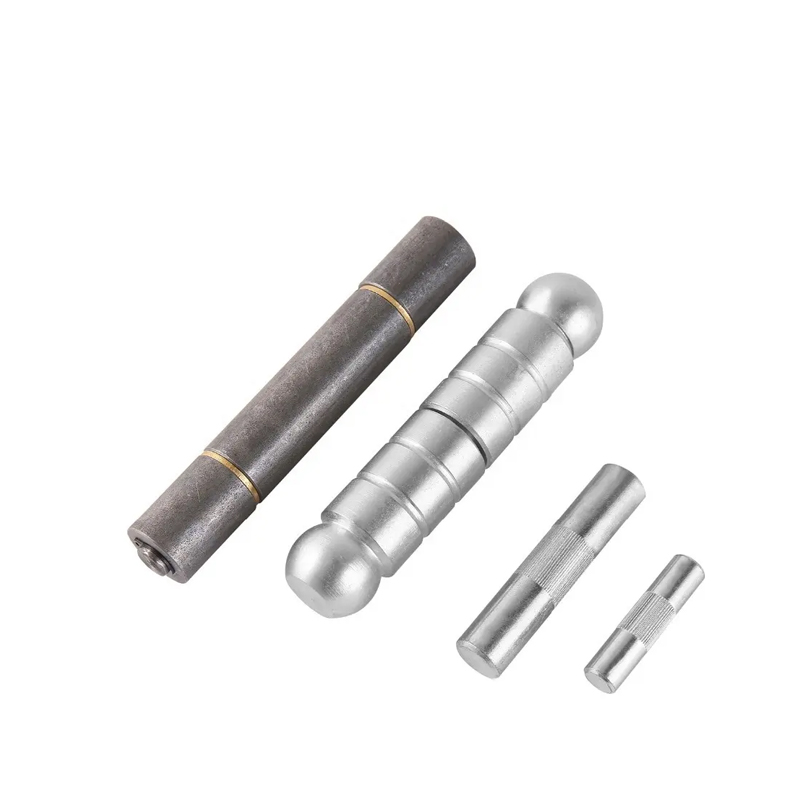No. 200 Gaoxin RD, Shanghua St, Lanxi, Zhejiang, P. R China
The Smooth Surface High Precision Rack Pinion Gear is a high-performan...
See DetailsHeavy duty metal gate fittings hinges are essential hardware components used in large-scale gates and entry systems. Their role is to ensure that gates, especially those made of heavy materials like steel or hardwood, are adequately supported, move smoothly, and maintain structural alignment over time. The processing of these hinges must meet specific mechanical and environmental standards to achieve long-term reliability and performance.

The step in manufacturing heavy duty metal gate fittings hinges involves material selection. Common choices include carbon steel, alloy steel, and galvanized or stainless steel. These materials are favored for their load-bearing capacity, wear resistance, and durability in outdoor conditions. In particular, hot-dip galvanized steel is widely used for its corrosion resistance, making it ideal for gates exposed to the elements.
Once the appropriate material is selected, the next phase is cutting and shaping. CNC (Computer Numerical Control) machining and laser cutting are often employed to ensure dimensional accuracy and consistency, which are essential for hinge alignment and function. Precision drilling of mounting holes and shaping of hinge knuckles are critical steps that impact the hinge's ability to carry weight evenly and pivot smoothly.
After shaping, surface treatment is carried out to enhance resistance to corrosion and mechanical wear. This may include galvanizing, powder coating, or heat treatment. In many cases, hinges are also tested for their load-bearing capacity and rotational tolerance to ensure they meet expected usage standards.
Stainless steel self-closing gate hinges serve both a practical and aesthetic role in modern gate design, particularly in environments where safety, convenience, and visual appearance are priorities. These hinges are commonly used in residential, commercial, and institutional settings, including pools, playgrounds, gardens, and perimeter security systems.
One of the main benefits of self-closing hinges is the automatic closure function. These hinges contain an internal mechanism, typically a spring or hydraulic system, that returns the gate to a closed position after opening. This feature greatly enhances safety by reducing the risk of gates being left open unintentionally, which can be especially important in areas with children, pets, or restricted access zones. For example, in pool enclosures, self-closing hinges are often required by safety regulations to prevent unsupervised access.
From a durability standpoint, the use of stainless steel in these hinges offers significant advantages. Stainless steel is inherently resistant to rust and corrosion, which is particularly valuable in outdoor or moisture-prone areas. This resistance ensures that the hinges remain operational over time, maintaining the self-closing function without requiring frequent replacement or servicing.
In addition to functionality, stainless steel self-closing gate hinges contribute positively to the aesthetics of a gate system. Their clean, modern appearance complements a variety of architectural styles. Brushed or polished finishes allow the hinges to blend seamlessly with other stainless steel or metal fixtures, enhancing the visual appeal of the installation.
Installation of these hinges is generally straightforward, and many models offer adjustability for closing speed and tension. This allows users to fine-tune the hinge operation based on the weight of the gate or desired speed of closure.